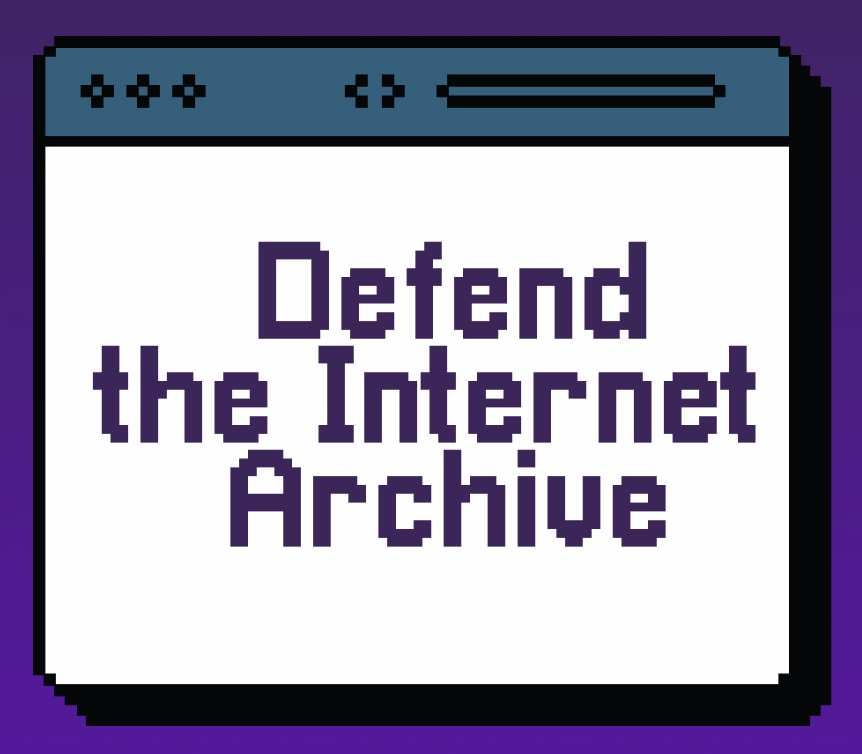-=See edit at bottom=-
I was trying to set up a family member up with Linux as a windows replacement. I installed MX Linux xfce on their laptop with separate “/” and “/home” partitions.
Through a comedy of errors, the following occurred:
- On day one, Timeshift was configured to take weekly snapshots of the system files AND their user home folder.
- The initial timeshift snapshot was begun, and then cancelled when they discovered that home files aren’t the intended target, but they noticed growing snapshot files, indicating the cancelation wasn’t complete.
- NCDU was used to remove the files in /home/timeshift
- The family member’s only copies of three days of paid work in a writing program called Bibisco (Java app) disappeared after reboot
The system was rebooted twice before the cause was discovered and shutdown with minimal (5min) use.
I’ve never done any ext4 data recovery, but the tools in Kali seem geared toward common and known filetypes (pdf, jpg, etc).
Should I be looking to restore the timeshift files, or the writing documents (with .bibisco2 file extensions)?
Is this a lost cause?
Edit: Thank you everyone for your helpful comments. In the end, time was against us and the choice was made to reinstall. After I realized the document files are just json, I looked in three Kali carving apps and the photorec app, and there were no files to recover. The freah install now has eclone set up to push regular updates from the bibisco folder to the cloud. Lesson learned.
.bibisco2 are really just zip files which PhotoRec can find, if you want to use that. Good luck.
It seems the files were all living in a timeshift snapshot file, as photorec/testdisk showed no deleted files, and a few deleted empty folders in the /home/timeshift folder. I think this is just a painful lesson that we’ll move on from.
How full is the home partition? I’m surprised the files didn’t show up in testdisk. Sometimes files show up in the incorrect folder in testdisk after being deleted
This system was built last Thursday and had about 204GB of 220GB free.
Sorry for the delay in reply. I was unable to edit my post or make comments for a chunk of the day yesterday.
No worries 😁 lol I’ve been kind of obsessing over this issue, reading timeshift’s code and stuff. Timeshift uses rsync under the hood to do file copying when not in btrfs mode, which uses the delete excluded option to keep excluded files out of snapshots. I was not able to determine if a cancelled snapshot would be rolled back with rsync going the other way, but it would be a major timeshift bug to delete excluded files on restore so I doubt that happened.
Timeshift dos say that it has rsync create hard links for local snapshots on the same fs, so that could complicate matters. even though ncdu supports hard links and not double counting them, I tested deleting hard linked files and it only deletes the file entry from one folder even though it’s aware that the file is used in another folder in the tree.
With that much free space you’re almost guaranteed that the files are still there, even after a rebuild. Idk if you want to get more in depth let me know
Bibisco2 is a JavaScript app, unlike version 1. It seems .bibisco2 files are only created when exported, otherwise it’s in a database somewhere. You can add custom formats in recovery tools like TestDisk and Photorec. I could look around and see if the database or the bibisco2 export files have a header, which I think is required to add a format.
Edit: Nevermind, there’s a paid version which creates bibisco2 files automatically.
Yes, the paid version (in use here) can create those bibisco2 files, though only the auto-save backups are by default. As you said, by default, the work is in a type of database format with a gibberish GUID-like naming convention.
It’s the auto-save files we’re after.
I’m getting setup with an external drive large enough to write recovered files to, but I don’t like my odds at discerning how to add custom formats based on headers. I’ll watch some tutorials and see what I make of it.
Thanks for your comment!!!


